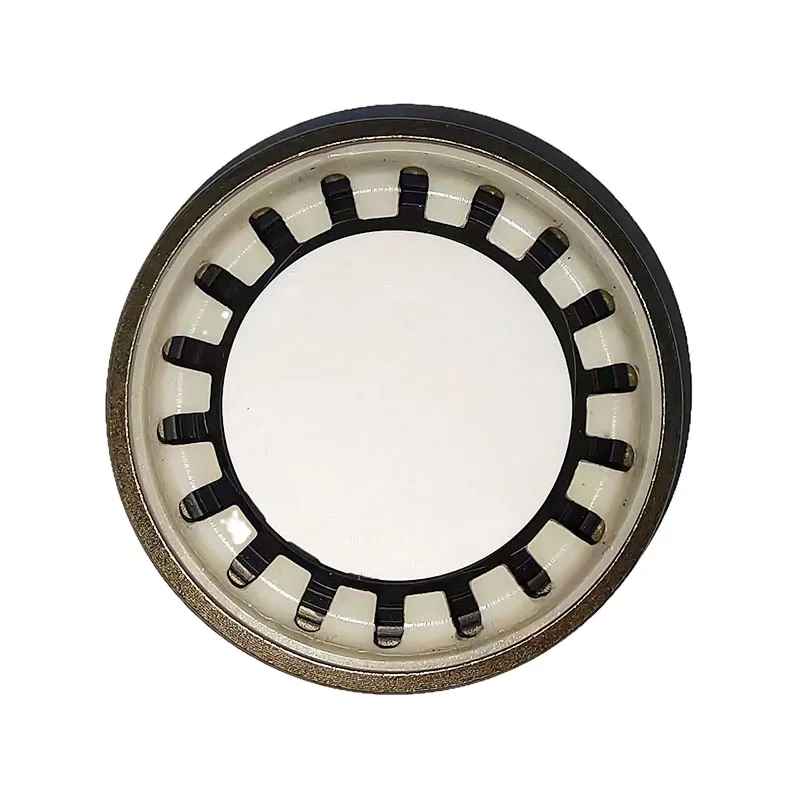oil retainer
The Importance of Oil Retainers in Mechanical Systems
In the intricate world of mechanical engineering, components are designed with precision to ensure optimal performance and reliability. Among these components, oil retainers play a crucial role in the lubrication system of machinery, significantly impacting both efficiency and longevity. This article explores the function, types, and significance of oil retainers in various mechanical applications.
Understanding Oil Retainers
An oil retainer is a device used to prevent the leakage of oil or lubricants from one area of a machine to another. They are commonly found in engines, gearboxes, and transmission systems, where maintaining appropriate oil levels is essential for smooth operation. Oil retainers are typically made from flexible materials like rubber or silicone, allowing them to create a tight seal against rotating shafts or stationary housings.
The Function of Oil Retainers
The primary function of oil retainers is to minimize or eliminate oil leakage. This is crucial for several reasons
1. Lubrication Adequate lubrication reduces friction between moving parts, thereby lowering wear and tear. Oil retainers ensure that oil remains in the designated areas, enabling effective lubrication.
2. Preventing Contaminants Oil retainers also serve as barriers against dust, dirt, and other contaminants that can compromise the integrity of the lubricant. By keeping contaminants out, oil retainers help maintain the purity of the oil, prolonging its life and efficacy.
3. Environmental Protection Leakage of oil can lead to environmental hazards. Oil retainers help prevent spills that could harm ecosystems, ensuring adherence to regulations and promoting sustainability.
Types of Oil Retainers
oil retainer

Oil retainers come in various styles and materials, each designed for specific applications. The most common types include
1. Lip Seals These seals provide a reliable sealing surface against rotating shafts. Their design features a flexible lip that adapts to changes in temperature and pressure, making them ideal for high-speed applications.
2. O-Rings O-rings are circular seals that fit into a groove, creating a seal with minimal friction. They are versatile and can be used in static and dynamic applications.
3. Shaft Seals Similar to lip seals, shaft seals are designed specifically to seal rotatable shafts. They are commonly used in automotive and industrial applications.
4. Metal-To-Rubber Seals These seals combine the strength of metal with the flexibility of rubber, making them suitable for applications where both durability and elasticity are required.
The Significance of Proper Installation
The effectiveness of an oil retainer is heavily reliant on proper installation. Incorrectly installed retainers can lead to failures, oil leaks, and ultimately costly repairs. Engineers and technicians must ensure that the dimensions and tolerances of the components match before installation. Additionally, attention must be paid to cleanliness to avoid damaging the sealing surface.
Regular maintenance and inspection of oil retainers are essential practices to identify wear or degradation early. This proactive approach can prevent unexpected breakdowns and extend the lifespan of machinery.
Conclusion
Oil retainers, though often overlooked, are vital components in ensuring the functionality and integrity of mechanical systems. Their role in preventing oil leaks and protecting against contaminants is essential for maintaining efficiency and environmental responsibility. Understanding the types and functions of oil retainers, alongside proper installation and maintenance, underscores their significance in engineering applications. As technology continues to evolve, the development of more effective and sustainable oil retainers will remain a critical focus within the field of mechanical engineering.
-
Understanding the Front Main Engine Seal: Purpose, Maintenance, and Installation
News Jul.29,2025
-
Understanding O-Rings and Seal Rings: Types, Applications, and Custom Solutions
News Jul.29,2025
-
Understanding Crankshaft Oil Seals: Rear Seals, Pulley Seals, and Their Role in Engine Integrity
News Jul.29,2025
-
The Importance of Front and Rear Crankshaft Seals in Engine Performance and Oil Management
News Jul.29,2025
-
Crank Oil Seals: Functions, Types, and Cost Considerations in Engine Maintenance
News Jul.29,2025
-
A Comprehensive Guide to O-Rings and Seals: Types, Materials, and Global Applications
News Jul.29,2025
-
Mastering Diesel and Performance Engine Maintenance: A Guide to Critical Oil Gaskets
News Jul.28,2025
Products categories















